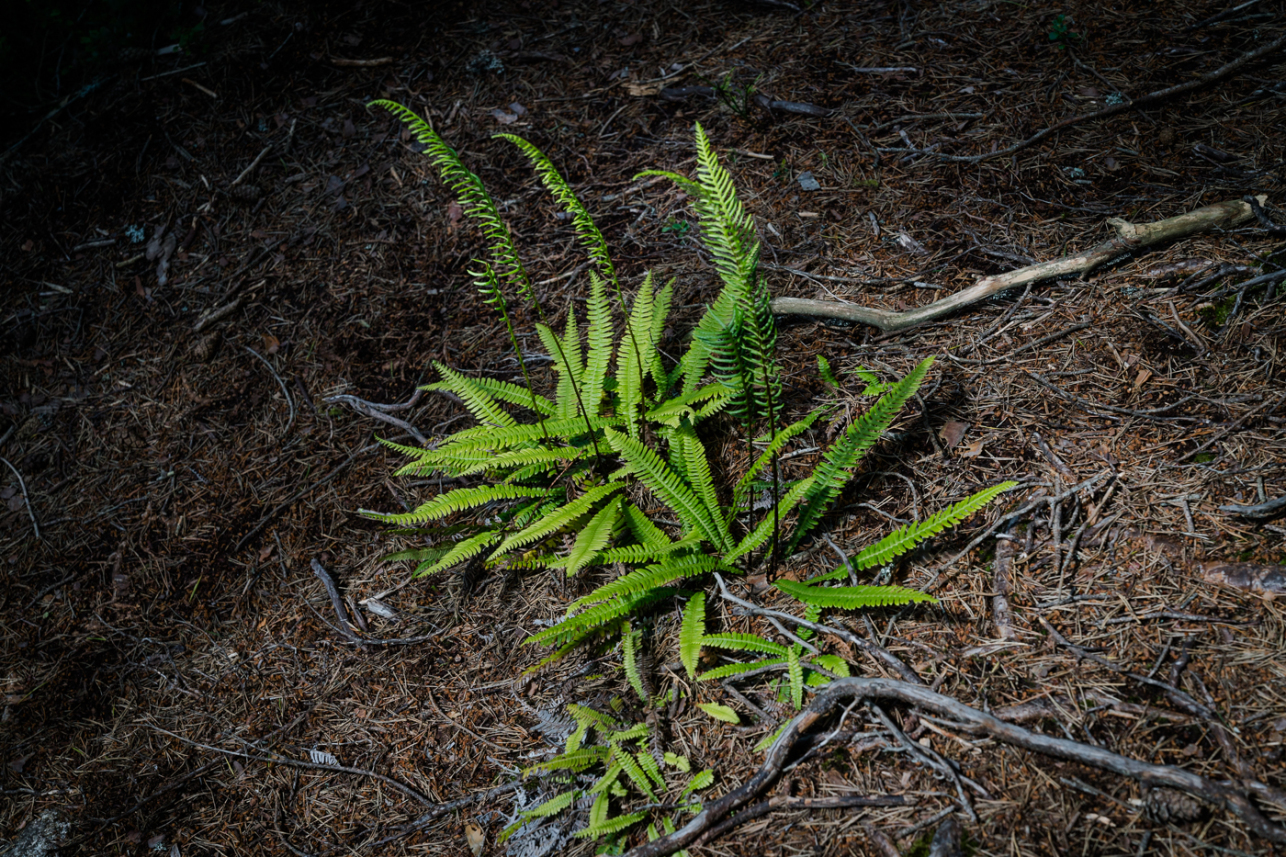Zone in on wild places
Find out how how we are working to make wild places relevant to everyone, wherever they live in the UK.

In 2022, the Trust’s policy team started work on developing data sets that could indicate what constitutes a wild place and the benefits to people, including air and water quality, inspiration, sense of place and wellbeing.
Alongside this, and as part of our vision to make wild places relevant for all, we continue to finetune how and where our work to engage people with wild places and deliver exemplary land management can best be carried out. The creation of our Wild Place Zones map, which divides the UK into 45 zones, has helped guide this.

In each zone, the ambition is for at least one site to be managed to exemplary standards as a place where nature has the most freedom to restore itself, and/or where people are engaged with and inspired by nature.
In Scotland, 21 named Natural Heritage Futures Zones were designated by Scottish Natural Heritage (now NatureScot) based on ‘biogeographic regions’ – areas that are defined by the species found in them and where the animal and plant distribution have similar or shared characteristics.
In England, there are 14 numbered zones based on Biogeographic Zones Living England, published by Natural England (NB we have informally named them in the key to our Wild Place Zones map). We have also created five zones based on geographical and demographic considerations in Wales, while in Northern Ireland the six zones are based on county boundaries.
Survey results
Following our Wild Places Survey in 2023 that saw more than 10,000 respondents share details of their favourite wild places throughout the UK, we created a register of the UK’s remaining wild places and their locations within the 45 zones. The results also revealed the top criteria for making a wild place special, with each of the following receiving more than 2,000 votes:
1. Scenery
2. Mental and physical benefits
3. Peace and solitude
4. Exposure to the elements
5. Sense of adventure
6. Clean air and water
7. Thriving biodiversity
8. Wildlife spotting
9. Lack of manmade structures
While the zones recognise that wild places are vital to people wherever they live, the register highlights the most important wild places to people in the UK.
The final piece of the puzzle is a wild places rating, which will enable us to monitor the condition of these wild places and ultimately produce a ‘state of wild places’ report. In terms of rating wild places, this is an exciting challenge. On the one hand, wild places are by definition places least impacted by humans but, on the other hand, they are also defined by the human experience of them. We need a way of holding and assessing both these truths simultaneously.
Taken together, the zones, register and ratings will create a vital resource for the future monitoring and protection of these important wild places.
Over the coming years, we will start to see the Wild Place Zones being used as a focus for our strategy and work. This will help us ensure that wild places are recognised and valued throughout the UK, while also enabling us to build collaborative approaches to protecting them better, working with local and national governments, communities and visitors.
- This article first appeared in the Spring 2024 edition of the John Muir Trust Journal. If you would like to receive our Journal twice a year please consider joining the Trust as a Member.
Photograph at the top shows Kendal Mountain Festival attendees adding pins to an early version of our Wild Place Zones map.


